The January-February 2018 issue of the Horn of Africa Bulletin seeks to explore and interrogate
the correlations between youth on the one hand, and conflict and peace dynamics on the other.
During episodes of political instability and conflict, we have become acclimatized to images on
social media, television and print media foregrounding youth as participants, leaders and their
issues as the causal dynamics threatening authoritarian regimes and the global status-quo. This
visual bombardment has in a way prepared the ground for academic and media narratives that
postulate a linkage between ‘youth’ and the dynamics of peace and conflict in Sub-Saharan
Africa. Dr. Balcha’s article, ‘Three Points towards an Effective IGAD Regional Youth
Strategy’, discussing the draft IGAD youth strategy underlines the importance of
distinguishing between the demographic status and the social positioning of youth. This has led
he argues to the tendency to homogenize youth in the policy realm and the formulation of
policies which seek to exploit youth concerns and agency. The following article titlted ‘The Nexus between Youth Bulge and Armed Conflict’ by Feseha interrogates a central trope of the theoretical literature on the youth and conflict nexus. Feseha’s article critiques ‘youth bulge’ theories which postulate a positive correlation between conflict and a large youth cohort in a population. The nuanced view of youth agency and its impact on phenomenon such as violent extremism is exemplified in the article by Hassan-Kayd, ‘Time to Empower and Engage Youth on Countering
Violent Extremism’ . Hassan-Kayd’s article emphasises the linkage between socio-economic exclusion and youth recruitment in Violent Extremist movements. The final article in this issue ‘Beyond the Normative: Youth, Peace and Security’ by Ms. Haile Selassie Tadesse focuses on discussing
the main pillars of UNSCR 2250 and also the parallels in the policy discourse on youth at the
global, continental, regional and national levels. In the article, Haile Selassie argues that policy
discourses on youth have a reductionist and simplifying tendency in either hailing youth as a
‘demographic dividend’ or alternatively as a threat in the form of a ‘youth bulge’. She argues
that policy formulation and implementation on youth has to shift away from these simplistic
verities and address the critical issues of youth political empowerment and inclusion in decision
making spaces.


